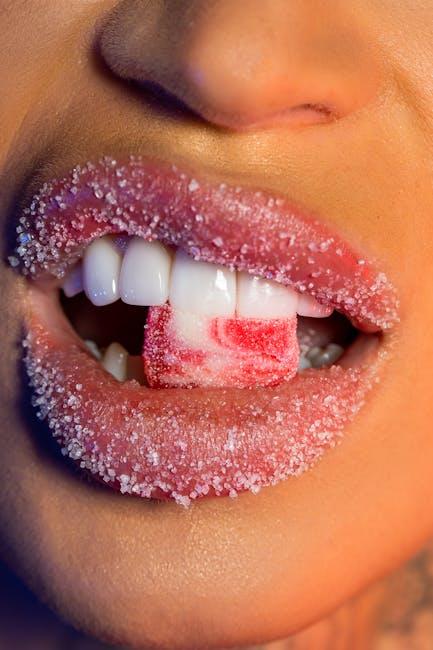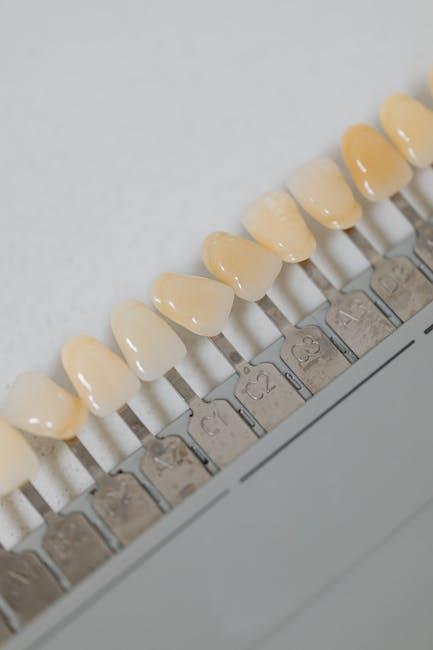
Cosmetic Teeth Whitening May Be More Popular Than Ever – American Dental Association
In recent years, cosmetic teeth whitening has surged in popularity, capturing the attention of millions seeking a brighter, more confident smile. According to the American Dental Association (ADA), advances in whitening technology, easy accessibility, and increasing awareness of oral aesthetics are driving this trend. Whether you’re considering professional whitening treatments or at-home solutions, understanding the benefits, risks, and expert recommendations is crucial for achieving the best and safest results.
Why Is Cosmetic Teeth Whitening So Popular Today?
A dazzling white smile has long been associated with health, youth, and attractiveness. The cultural emphasis on a bright smile, fueled by social media platforms and celebrity endorsements, has made cosmetic teeth whitening a mainstream beauty enhancement. Several factors explain the rise in this dental cosmetic procedure:
- Increased Affordability: Whitening solutions, both professional and over-the-counter, are more affordable and accessible than ever.
- Technological Advancements: New formulations reduce sensitivity and improve whitening effectiveness.
- Convenience: Many at-home whitening kits offer easy application with impressive results.
- Broader Demographics: People of all ages and backgrounds are now embracing cosmetic dental care.
What Does the American Dental Association Say?
The ADA emphasizes the importance of safety and choosing the right whitening methods. According to their guidance:
- Professional teeth whitening performed or supervised by a dentist is the safest and most effective approach.
- Over-the-counter products with the ADA Seal of Acceptance meet rigorous safety and efficacy standards.
- Not all stains can be corrected by whitening; patients should consult dental professionals to set realistic expectations.
Benefits of Cosmetic Teeth Whitening
Beyond the obvious aesthetic improvement, here are some key benefits of teeth whitening:
- Enhanced Confidence: Whiter teeth can boost self-esteem and social confidence.
- Non-Invasive Procedure: Whitening does not damage the teeth when done properly.
- Quick Results: Many treatments show visible improvement in just one session.
- Customizable Options: From in-office laser whitening to subtle at-home trays, options suit various budgets and lifestyles.
Different Types of Teeth Whitening Methods
Choosing the right whitening treatment depends on personal preference, tooth sensitivity, and desired outcomes. Here’s an overview:
| Method | Description | Pros | Cons |
|---|---|---|---|
| In-Office Whitening | Performed by dentists using stronger bleaching agents with light or laser activation. | Fast results, supervised for safety, customized treatment. | Higher cost, requires dental appointment. |
| At-Home Whitening Kits (Dentist-Supervised) | Custom trays with bleaching gel provided by dentist for home use. | Convenient, effective, moderate cost. | Takes longer to see results, needs patient compliance. |
| Over-the-Counter Products | Whitening strips, gels, toothpaste available at drugstores. | Accessible, affordable, easy to use. | Less effective, may cause sensitivity, not customized. |
| Natural Remedies | Home options like baking soda, activated charcoal, or oil pulling. | Low cost, perceived as safer. | Unproven effectiveness, potential abrasiveness. |
Practical Tips for Safe and Effective Teeth Whitening
To maximize whitening benefits and minimize risks, keep these expert guidelines in mind:
- Consult Your Dentist First: Identify the cause of discoloration and rule out underlying dental issues.
- Follow Instructions Carefully: Overuse of whitening products can damage enamel and cause sensitivity.
- Maintain Good Oral Hygiene: Brush, floss, and visit your dentist regularly to prolong results.
- Avoid Stain-Causing Foods and Drinks: Limit coffee, red wine, tea, and tobacco to keep your smile bright.
- Manage Sensitivity: Use desensitizing toothpaste if you experience discomfort during whitening.
Case Study: How Whitening Transformed Maria’s Smile and Confidence
Maria, a 32-year-old marketing executive, struggled with yellowing teeth due to years of coffee consumption and occasional smoking. After consulting her dentist, she chose a professionally supervised at-home whitening kit. In just two weeks, Maria’s teeth were noticeably whiter, and she gained the confidence to smile more openly at work and social events.
Her dentist highlighted that proper supervision and customized trays minimized sensitivity and ensured a natural-looking finish. Maria now maintains her bright smile with routine dental care and occasional touch-ups.
First-Hand Experience: What to Expect During Professional Whitening
Undergoing in-office whitening typically involves a 60 to 90-minute appointment during which your dentist will:
- Examine your teeth and gums for suitability.
- Clean your teeth to remove surface debris.
- Apply protective barriers to gums and lips.
- Apply a concentrated bleaching gel to the teeth.
- Use a specialized light or laser to activate the gel.
- Rinse and assess the results, repeating if necessary.
Most patients experience little to no discomfort, and results can be seen immediately after treatment.
Conclusion
With the increasing demand for cosmetic dental care, cosmetic teeth whitening continues to gain momentum as a popular way to enhance smiles safely and effectively. Backed by the American Dental Association, patients are encouraged to seek professional advice and use ADA-approved products to achieve optimal results. Whether opting for in-office treatments or at-home kits, understanding the methods, benefits, and precautions can help you unlock a radiant, confident smile that lasts.
Ready to brighten your smile? Schedule a consultation with your dentist today and explore the safest and most effective teeth whitening options tailored to you!


